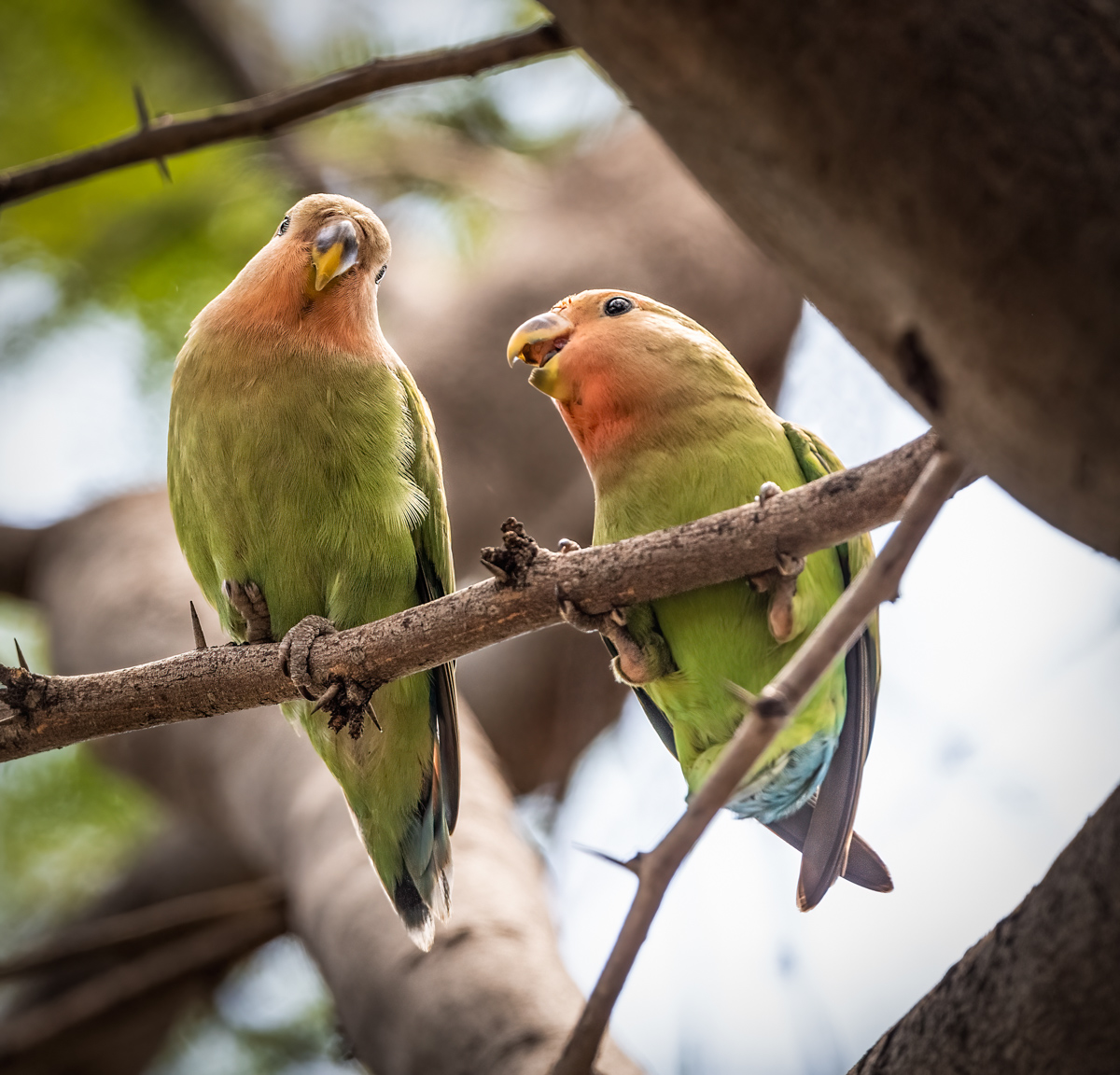
Can birds tell us things about romance? Orinthomancy is the ancient art of interpreting the flight patterns, behaviors, and songs of birds to predict the future—and who our true love can be.
Humans have sought guidance from nature for thousands of years, the most widely known and practiced method being astrology, seeking counsel from the stars above. There’s also geomancy, deriving meaning from the patterns in soil, earth, and rock formations; practitioners of dendromancy believe it is possible to interpret the rustling of leaves in the wind and how trees grow, with a similar practice drawn from the various forms that water can take, known as hydromancy.
And then there is ornithomancy, the word formed from the Ancient Greek for bird, ornis, and divination, manteia. The Greeks and then the Romans studied and practiced ornithomancy extensively, particularly focusing on owls and eagles for their instruction; Etruscans, Mesopotamians, Norse, Celts; many cultures have interpreted the sight and actions of various birds as communication from different dimensions or that some kind of reckoning was coming our way. There are those of us today who believe that departed loved ones are embodied in birds and they can visit us through these earthly beings.
Belief that birds possess a unique connection to divine and spiritual realms is a deeply enduring and extremely understandable notion—birds are fascinating, beautiful creatures that can fly and make the most wonderful sounds. Despite our countless theories and studies on migration, plumage changes, nesting habits, and so on, we can never fully know or understand them; birds seem to exist at the intersection of earth and sky, life and death, presence, and absence—realities that humans have always sought to understand. This liminality makes them perfect symbols for the mysteries beyond our reach.
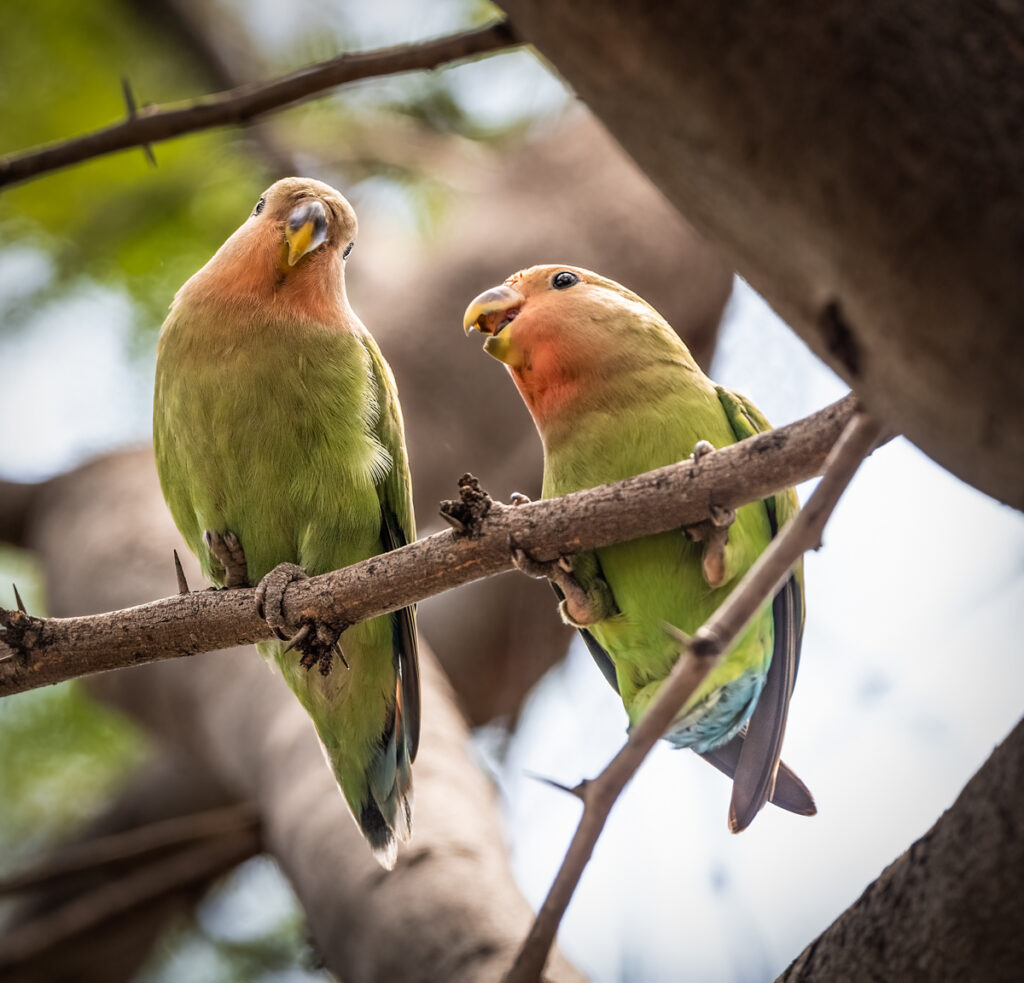
Thus, ornithomancy captures our imagination in a way that other animals do not. One of the most intriguing applications of ornithomancy was using birds to divine one’s love life. By observing specific bird species, people believed they could predict the success of their romantic relationships, the fidelity of their partners, and even when true love might arrive.
The clue is in the name, after all. Few birds embody love and companionship as perfectly as the rosy-faced lovebird. These small, affectionate parrots form deep bonds with their mates, often staying together for life. In ancient traditions, seeing a pair of lovebirds together was a powerful omen of harmony and devotion in a relationship. If a single lovebird was spotted alone, it was sometimes interpreted as a warning of loneliness or an impending separation. In contrast, witnessing two lovebirds preening each other signified a loving, enduring relationship.
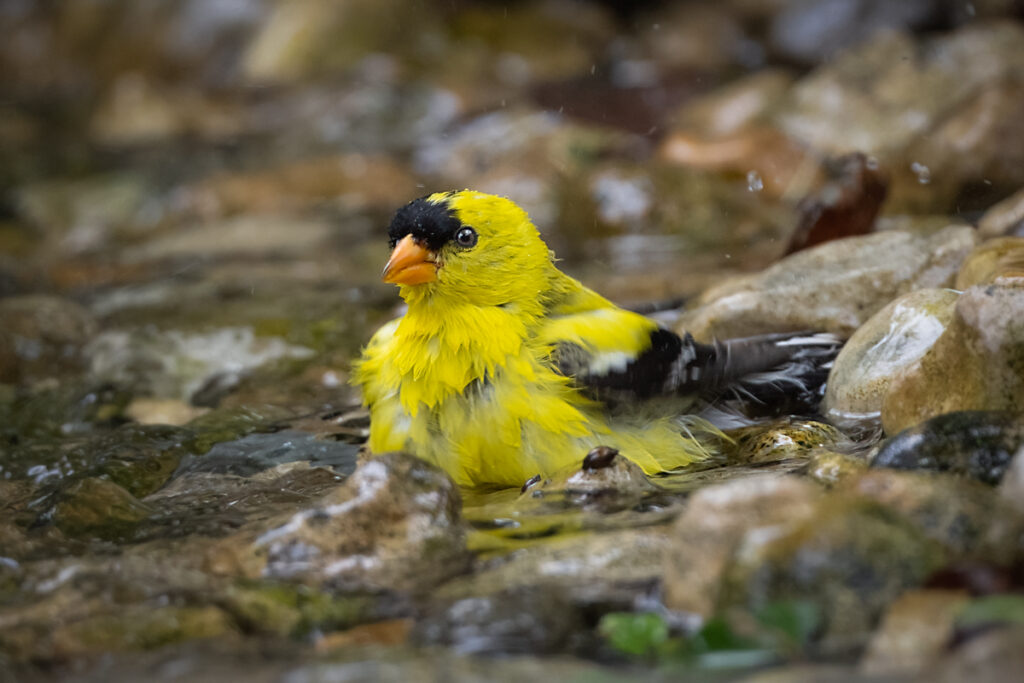
With its vibrant yellow plumage, the American goldfinch is often associated with happiness, renewal, and fresh starts. Seeing a goldfinch while thinking about a special someone or considering a romantic decision was believed to be a sign of optimism and possibility. If a goldfinch appeared at the beginning of a relationship, it was interpreted as a blessing, indicating that joy and positivity were not far behind. However, an erratic or restless goldfinch was sometimes seen as a warning that a partner might be flighty or unreliable.
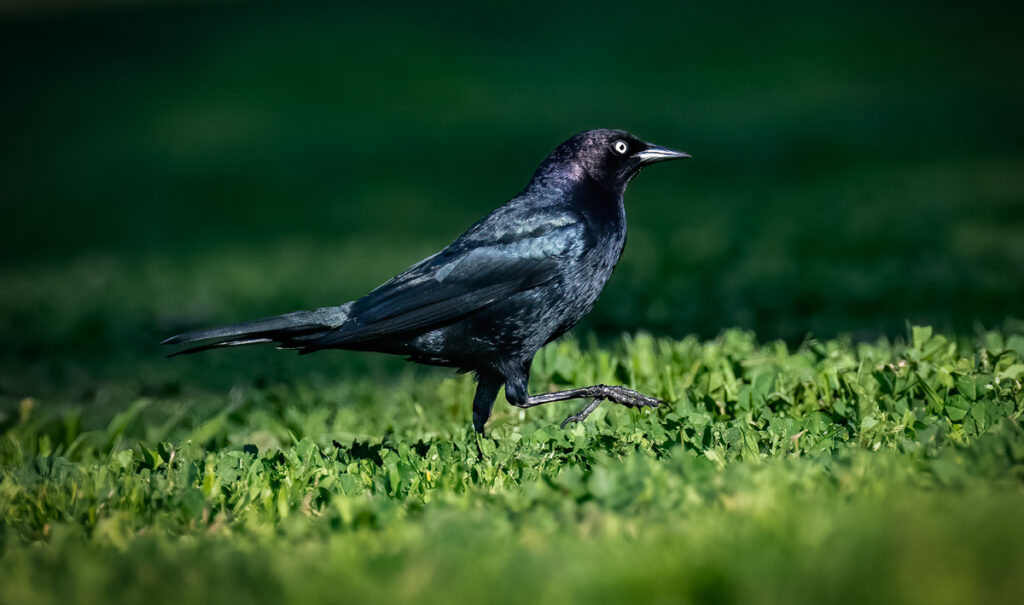
While many birds in ornithomancy carried positive omens, some were seen as cautionary signs. The Brewer’s blackbird, with its dark feathers and piercing gaze, was often linked to mystery, transformation, and hidden truths. If one crossed a person’s path during a time of romantic uncertainty, it could signal deception or an undisclosed secret within the relationship. Some traditions suggested that if a Brewer’s blackbird landed near you and let out a sharp call, it was an omen to look deeper into a partner’s intentions.
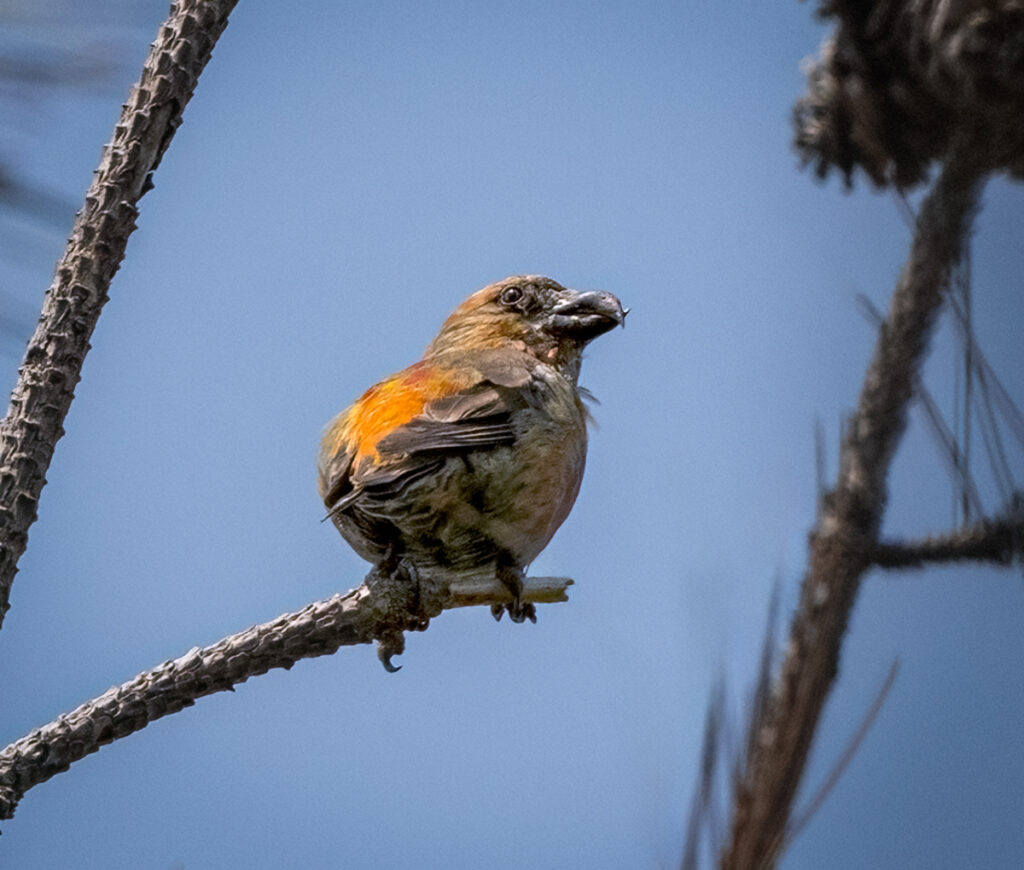
Named for its distinctive overlapping beak, the crossbill is a powerful symbol of resilience and adaptability. These birds use their unique beaks to extract seeds from tightly closed pinecones, something that nicely translates into a metaphor for overcoming challenges in love. Likewise, if someone struggling with relationship difficulties saw a crossbill, it was interpreted as a sign that perseverance would lead to success. A pair of crossbills feeding together was an especially positive omen, indicating that love would endure hardships and come out stronger.
Ornithomancy may no longer be a common practice, but the idea of finding meaning in nature resonates today. The next time you spot a bird in flight, consider what message it might be bringing you about your heart’s journey—and if it doesn’t work out, simply blame the birds.


